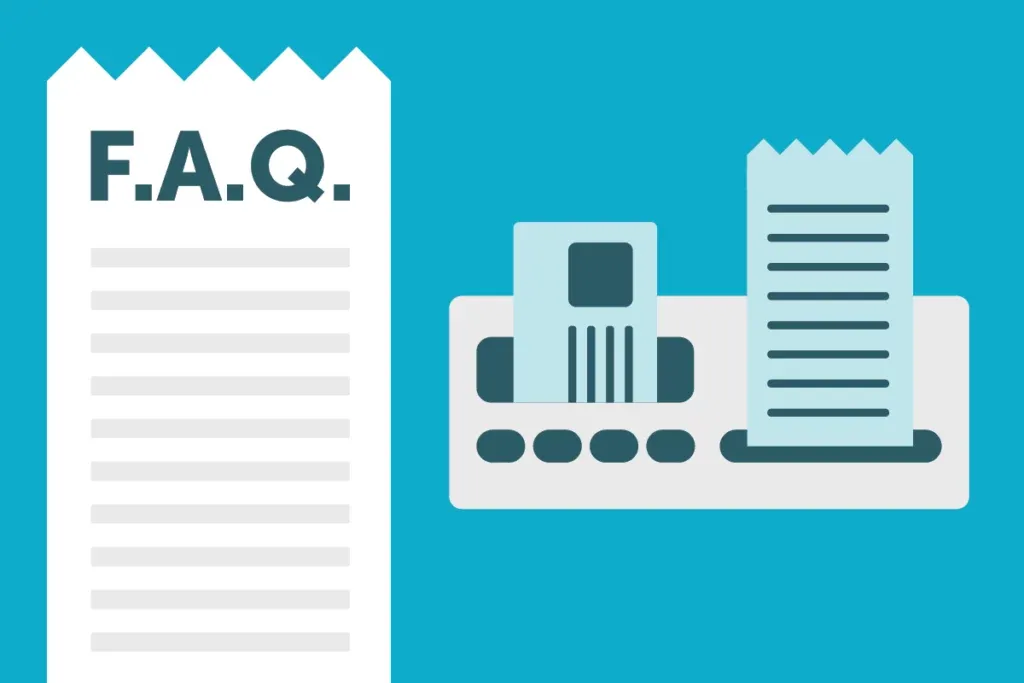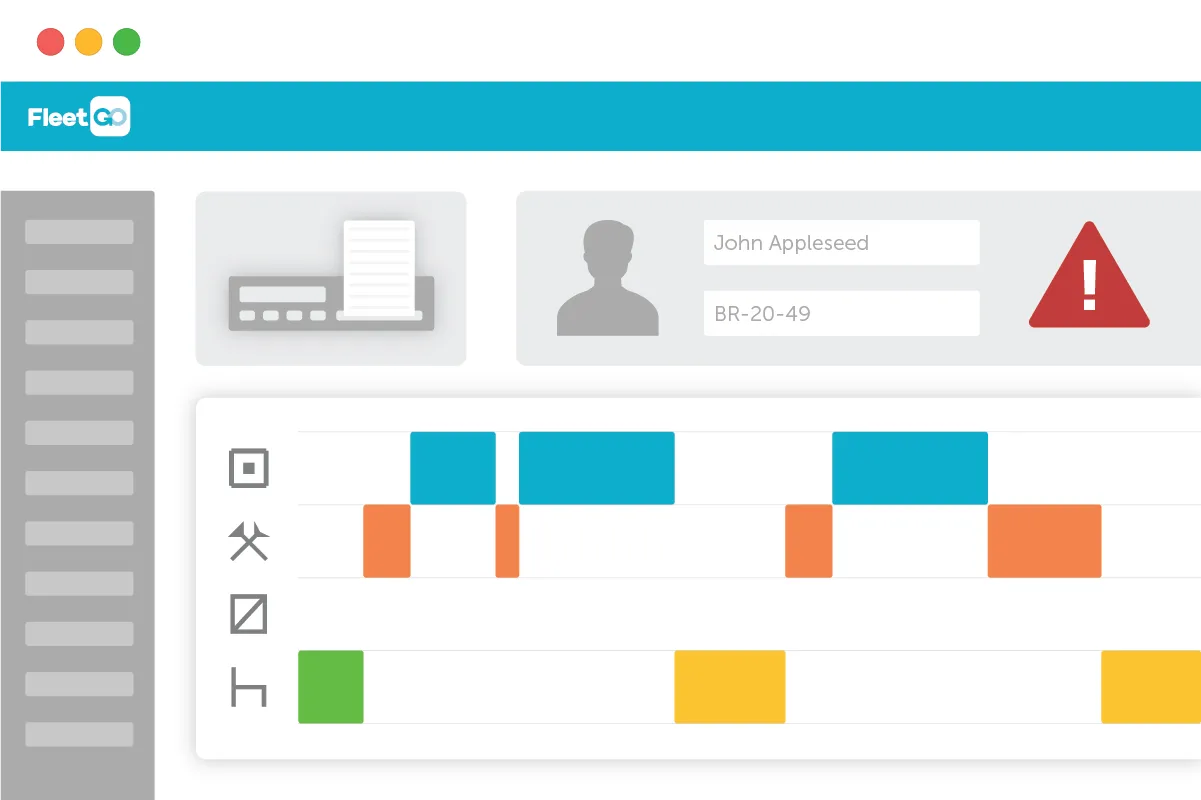A tachograph is a device that records the driving and rest times, the distances covered, and the driver card data of professional drivers of lorries and buses. This data can be used to check whether drivers’ working conditions are being complied with. This benefits their safety and that of other road users. Since 2006, it has been mandatory within the EU to implement digital tachographs in lorries (and buses).
- How do you read a tachograph?
- How often do you have to read a tachograph?
- How do you use a tachograph?
- How can the tachograph be manipulated?
- How long do you need to keep the data from a tachograph?
- When is the tachograph mandatory?
- What does it mean to ‘calibrate’ a tachograph?
- Where can you request an exemption for a tachograph?
- Why a tachograph?
- When is a tachograph required in a delivery van?
- Who checks tachograph data?
- What is a ‘smart tachograph’?
- How often do you download digital tachographs
Tacho Rules Quiz
Do you think you know all the rules regarding driving and rest times? Test your knowledge with our Tacho Rules Quiz!
Take the FleetGO Tacho Quiz
How do you read a tachograph?
A tachograph can be read with the aid of various types of reading equipment. With the help of a download key, you can do this manually; with the help of a black box, this is done automatically. A driver card can also be read with these. For manual reading of a driver card, you can also use a chip card reader or a download terminal.

How often do you have to read a tachograph?
A digital tachograph must be read once every 90 days. This involves the data that is stored in the mass memory of the tachograph. This data must therefore also be downloaded within this period and stored on a server or computer. The driver card must be read once every 28 days. In Ireland a period of 21 days applies.
Never risk any tachograph fines again!
Get started with analysing your tachograph files with the FleetGO all-in-one tacho solution. Never miss an infringement again!
Chances of getting invested are higher than ever!

How do you use a tachograph?
The various types and brands of tachographs, such as Stoneridge and VDO, each have specific user instructions. In general, most digital tachographs work in a similar manner. It starts with inserting the driver card at the start of the working day or at the start of the ride. The symbol of the country of departure must then be indicated (usually manually). The planned rest periods (or other activities) are then entered. With a digital tachograph, the licence plate and the odometer readings are automatically registered on the driver card.
How can the tachograph be manipulated?
A tachograph can be manipulated with the aid of a certain device. Simply having this device will incur a fine, even if it is switched off. The new smart tachograph makes manipulation even more difficult.
How long do you need to keep the data from a tachograph?
The data from the tachograph and driver card must be kept for at least one year (52 weeks) after registration. If the data is also used to comply with tax regulations, they must be kept for a minimum of seven years.
When is the tachograph mandatory?
All vehicles and articulated vehicles with a total weight capacity of more than 3,500 kilograms fall under the tachograph obligation. This duty also applies to delivery vans and to any combination with a total weight of more than 3,500 kilograms of a delivery van with a trailer.
What does it mean to ‘calibrate’ a tachograph?
It is very important that a tachograph accurately records information. To guarantee that precision, a tachograph must be calibrated every two years. The calibration is usually combined with an MOT inspection or a service check. Calibration is performed by a certified specialist.
Where can you request an exemption for a tachograph?
A digital tachograph exemption can be requested from the UK Department of the Environment, Transport and the Regions. Delivery vans to which an occasional trailer is linked, such as for a gardener or market trader, can be exempted from using a tachograph. The DVA uses the ’12 hours a week standard’ to assess whether or not driving is the driver’s main activity. The conditions for an exemption can vary by country.
Why a tachograph?
The digital tachograph was made mandatory by the European Council on 1 May 2006 for lorries and delivery vans with a total load capacity of 3,500 kilograms or more. Tachographs are also mandatory for commercial passenger transport with a capacity of more than 8 people. The aim of the digital tachograph is to improve/guarantee the working conditions of professional drivers and thereby increase road safety. It also aims to contribute to fair competition between European carriers.
When is a tachograph required in a delivery van?
For delivery vans above 3,500 kilograms and for a combination of a delivery van with a trailer, a tachograph obligation (also) applies. This is not about the actual weight of the delivery van, but about the (permitted) maximum weight. This information can be found on the registration certificate and on the type approval of the trailer.
Who checks tachograph data?
The DVA is responsible for checking the tachograph data for driving and rest times. If an offence has been committed, the inspector will confiscate the tachograph discs. As a rule, this is followed by an official report. There is a high fine for tachograph fraud.
What is a ‘smart tachograph’?
The ‘smart tachograph’ will be available from June 2019. This new generation of tachographs and tachograph cards can store more data and are more secure. To be able to read the cards and tachograph, you will probably need to upgrade or replace the download tool. The supplier of your tachograph can advise you on this.
Read more about the smart tachograph here.
How often do you download digital tachographs
How often do I need to download the files from my digital tachograph? This question is asked a lot and is not so hard to answer. The reason for that is Simple: it depends on the regulations from the country you are operating. In Europe, including the UK there is a standard ruling for the frequency of downloading the tachograph files. Each country can add exceptions to this ruling, and therefore it is always important to check the country specific regulations.
Let’s start by clarifying what tachograph files exactly are. Basically, we know 2 types of tachograph files. The Driver files, which are stored on the drivercard and the file from tachograph itself, they are known as the “mass memory”. All the files are downloaded in .ddd format. In Spain and France, a different extension is being used.
Reading out tachograph data
As mentioned earlier, the tachograph data (VU) must be read out periodically. This must be done every 90 days for the mass memory and every 28 days for the driver card, also in the UK. To download the tachograph files special equipment is needed. To make it as easy as possible, FleetGO has developed a Remote Tacho download solution that automatically downloads the files within the demanded period and uploads them to a highly secured cloud platform.
By using the FleetGO Remote Tacho Dowload solution it is also possible to increase the download period, based on your personal preferences.
Disclaimer
This content is provided for informational purposes only and is not meant to be an endorsement or representation by FleetGO.com or any other party. This information may contain inaccuracies or typographical errors, despite our efforts to ensure accuracy. FleetGO.com accepts no responsibility or liability for any errors or omissions, and is not responsible for the contents of any linked website or any link contained in a linked website. Please refer to our full disclaimer for more details.


